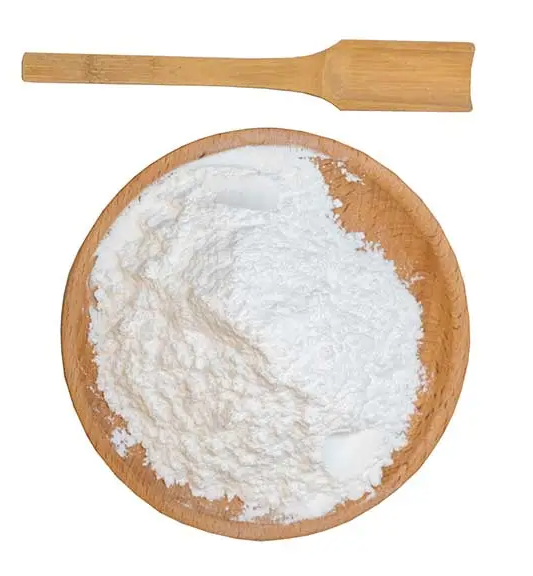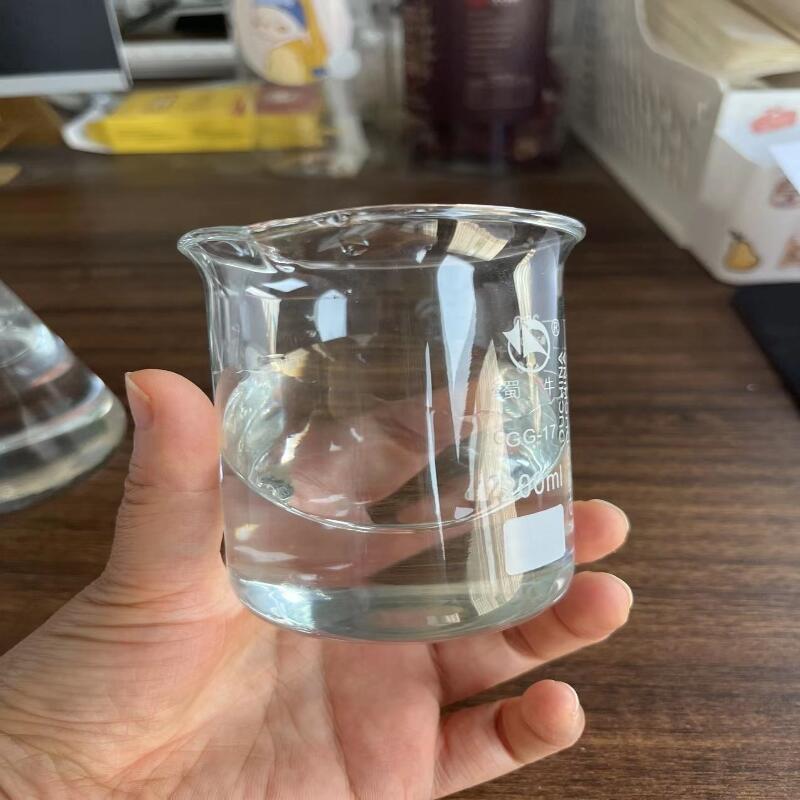-
Categories
-
Pharmaceutical Intermediates
-
Active Pharmaceutical Ingredients
-
Food Additives
- Industrial Coatings
- Agrochemicals
- Dyes and Pigments
- Surfactant
- Flavors and Fragrances
- Chemical Reagents
- Catalyst and Auxiliary
- Natural Products
- Inorganic Chemistry
-
Organic Chemistry
-
Biochemical Engineering
- Analytical Chemistry
-
Cosmetic Ingredient
- Water Treatment Chemical
-
Pharmaceutical Intermediates
Promotion
ECHEMI Mall
Wholesale
Weekly Price
Exhibition
News
-
Trade Service
Deoxyarbutin is a substance that is used in the chemical industry and is known for its versatility and wide range of applications.
It is a derivative of arbutin, a naturally occurring substance that is found in various plants, and is known for its hydrolytic and oxidizing properties.
In the chemical industry, deoxyarbutin is used as a reagent for the dehydrogenation of organic compounds, such as aldehydes and ketones.
This process involves the removal of hydrogen atoms from the molecule, resulting in the formation of an alkenes or other organic compounds.
Deoxyarbutin is preferred for this process because it is a powerful reagent that can dehydrogenate a wide range of organic compounds, even those that are difficult to dehydrogenate using other reagents.
Deoxyarbutin is also used as a reductant in the production of styrene, a widely used monomer in the manufacture of polymers such as polystyrene.
In this process, deoxyarbutin is used to reduce the nitro group of nitrostyrene to form styrene.
This is an important step in the production of styrene, as the nitro group must be removed in order to obtain the pure monomer.
In addition to its use in the dehydrogenation and reduction of organic compounds, deoxyarbutin is also used as a catalyst in various reactions.
For example, it can be used to catalyze the hydrolysis of esters and amides, the oxidation of primary and secondary alcohols, and the condensation of aldehydes and ketones.
Deoxyarbutin is also used in the pharmaceutical industry as an intermediate in the synthesis of some drugs, such as antibiotics.
It is used as a reagent in the preparation of some vitamins and in the production of some flavors and fragrances.
In recent years, deoxyarbutin has become increasingly popular in the chemical industry due to its wide range of applications and its ability to perform many different reactions.
This has led to an increase in demand for deoxyarbutin, and as a result, many chemical companies have begun to manufacture it on a large scale.
The production of deoxyarbutin involves several steps, including the isolation and purification of the substance, as well as the conversion of arbutin into deoxyarbutin.
This process typically involves the use of specialized equipment and chemical reactions, and is often carried out in a controlled environment to ensure the purity and quality of the final product.
Despite its many benefits, deoxyarbutin is also known to have some potential health risks, and proper safety measures must be taken when handling it.
This includes wearing protective clothing, using proper ventilation, and following proper disposal procedures.
It is also important to note that deoxyarbutin should be handled by trained professionals, as it can be hazardous if mishandled.
In conclusion, deoxyarbutin is an important substance in the chemical industry, with a wide range of applications in the dehydrogenation and reduction of organic compounds, as well as in the production of styrene and other chemicals.
It is also used as a catalyst in various reactions and as an intermediate in the synthesis of some drugs and other products.
Despite its many benefits, deoxyarbutin is also known to have some potential health risks, and proper safety measures must be taken when handling it.






